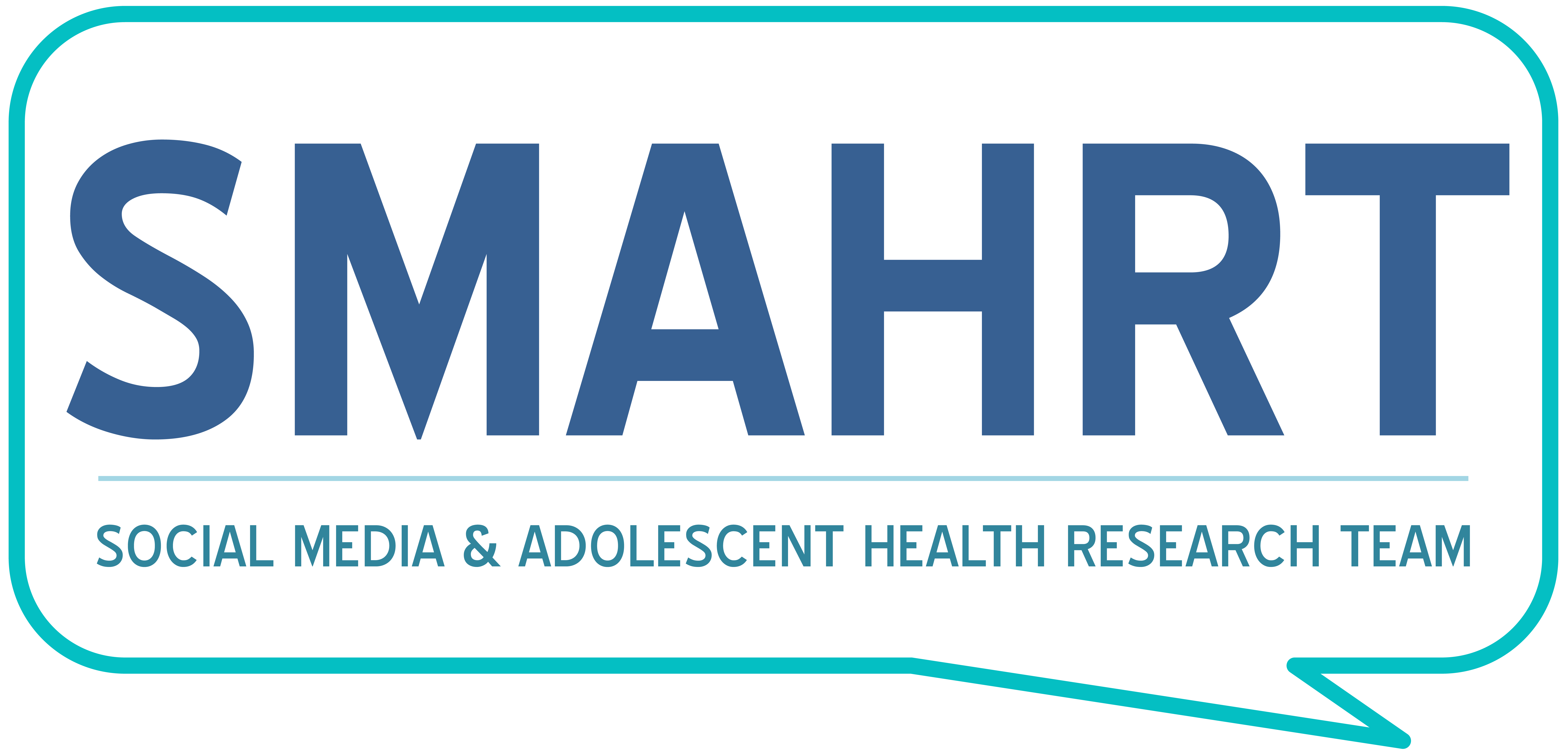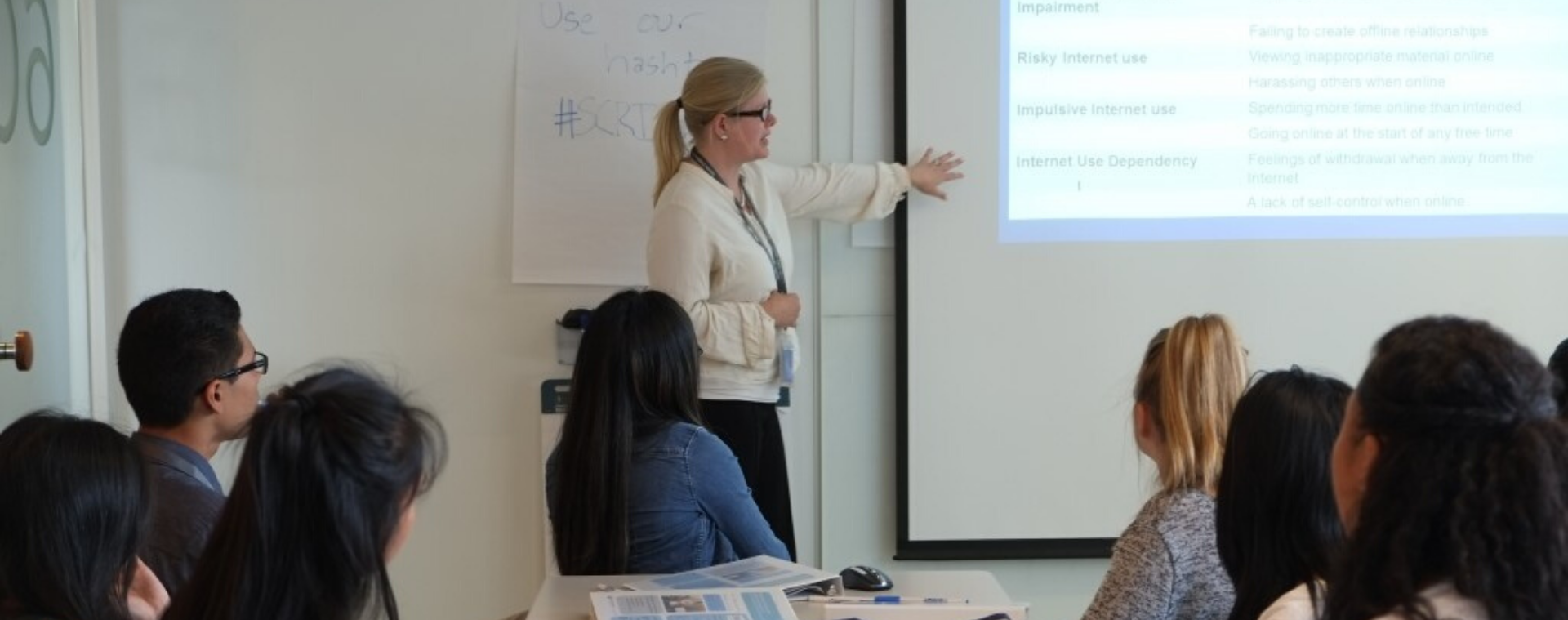Written by: Garrett Waterman
As technology grows more ubiquitous with daily life, researchers are asking about both the potential benefits and risks of social media use to teens. That being said, few Newspaper articles accurately portray the importance of screen time – or lack thereof – as it relates to healthy technology use. Some challenges to assessing screen time include recall bias, technology use spread across multiple devices, and the normalization of screen time within the evolution of technology (Moreno et al, 2020). Technology serves as an integral medium for social interaction, information, and entertainment. As such, understanding one’s own perceived importance of digital activities allows for a more clear understanding of how to set rules and regulations surrounding technology. This qualitative approach has been mirrored in the American Academy of Pediatrics family use plan. The updated guidelines avoid direct time limits on technology use, and instead emphasize how families utilize technology. Family members can be added with individualized rules around communication, empathy. content, privacy and more (AAP). Research suggests that a focus on perceived importance of digital interactions avoids the pitfalls of measuring screen time while encouraging a deeper analysis into how specific activities affect wellness.
A study published in 2020 by Dr. Megan Moreno, “Measuring interests not minutes: Development and Validation of the Adolescents’ Digital Technology Interactions and Importance Scale”, sought to define and measure health outcomes associated with specific technological interactions (Moreno et al, 2020). The goal was to curate a cross disciplinary study based on validated research in order to gauge the motivations behind adolescent technology use. An item pool containing 71 technological interactions was narrowed to an 18 item 3 factor scale which measures interests across platforms and devices. This adolescent digital technology interactions and importance scale (ADTI) allows researchers to move beyond time based evaluations of technology use, and analyze ways in which technology can be useful to adolescents. Additional studies utilizing ADTI would be able to link health outcomes such as depression and anxiety with specific technology use patterns and their perceived importance. Ultimately, the development of ADTI represents a new step forward for researchers. No longer tied to the metric of screen time, new studies may be able to probe deeper into the psychology behind beneficial technological engagement.
That being said, there are guidelines parents can set with adolescents to foster healthy technology habits. The family use plan is based on research surrounding specific technology interactions. The family use plan gives parents a step by step guide to institute gradual and effective rules around technology. While there are recommendations for screen free times, the AAP also suggests “co-viewing media to connect and help our kids learn”. Co-viewing content with a parent allows children to experience media from a different perspective while giving the parent the opportunity to connect with their child over shared interests (AAP). Additional categories such as digital privacy, choosing good content, and open communication present parents with multiple avenues of technology mediation. This step by step format empowers parents to curate individualized guidelines to improve their relationship with technology and their children.
Simply measuring screen time as an indicator of poor health is a disservice to adolescents and their relationship with technology. Adolescents are leading the charge into this new digital age. As such, they are increasingly aware of how technology affects them and their peers. ADTI represents a tool to understand the motivations behind technology use and encourages a deeper understanding of beneficial versus problematic internet use. Further research needs to be conducted to find associations between specific factors and health outcomes; however, Dr. Moreno’s study illustrates that many of the assumptions surrounding the nature of technology need to be replaced by empirically based research.


